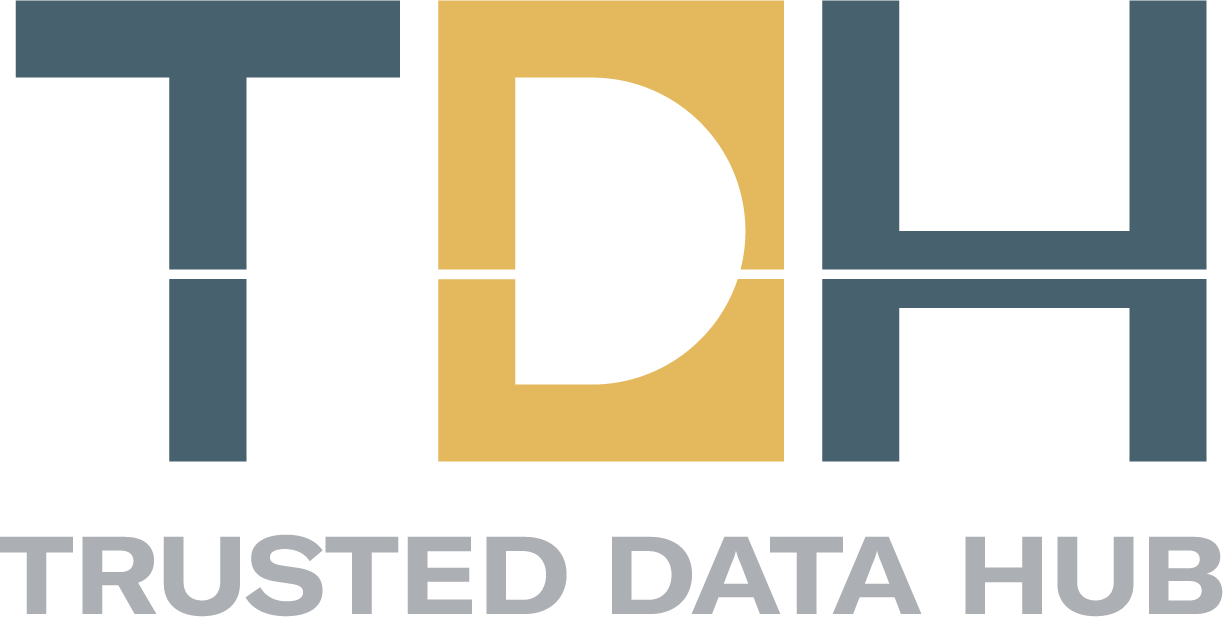In today’s data-driven economy, effective data governance is no longer a back-office concern, it’s a frontline enabler of innovation, compliance, and strategic decision-making. As organizations wrestle with increasing data volume, complexity, and regulation, choosing the right governance tools has become a mission-critical decision. One of the most enduring debates in this space is whether to build custom governance solutions in-house or invest in commercial platforms. While commercial tools promise speed and scalability, custom solutions offer tailored alignment with organizational needs. According to Otto et al. (2021), the choice between build and buy reflects deeper questions of control, flexibility, and organizational capability. As governance becomes more deeply embedded in digital transformation and AI enablement, this classic question continues to shape how businesses structure trust in their data ecosystems (Gartner, 2023).
Data governance has evolved from a reactive compliance function into a proactive business capability. As organizations pursue digital transformation, governance now underpins everything from regulatory readiness and data ethics to AI explainability and customer trust. Well-executed governance strategies support enterprise agility, foster innovation, and reduce decision risk. According to Weber et al. (2021), governance frameworks are increasingly being embedded into business strategy to ensure data assets are “fit for purpose, trusted, and available at scale.” This shift demands solutions that can align people, processes, and technologies, whether built internally or sourced externally. For governance to be a true strategic enabler, it must be both robust and responsive to organizational change.
Commercial data governance platforms such as Collibra, Alation, Informatica, and others, offer integrated capabilities like metadata management, data catalogs, quality controls, and policy enforcement out-of-the-box. These tools reduce time-to-value and are particularly attractive to organizations looking for scalability, vendor support, and cross-enterprise integration. Many vendors also now provide cloud-native, AI-powered features that help automate stewardship and improve data lineage visibility (IDC, 2022). For companies with limited in-house technical capacity or tight implementation timelines, these platforms lower the barrier to entry for governance maturity. As noted by Eggert et al. (2023), the “buy” approach enables faster alignment with industry best practices and compliance frameworks, helping organizations adapt in a rapidly evolving regulatory environment.
While commercial platforms offer turnkey capabilities, some organizations opt to build their own data governance solutions to gain greater flexibility, tailor features to their unique processes, or maintain control over sensitive infrastructure. In-house builds can allow for tighter integration with proprietary systems, specialized workflows, and domain-specific policies. However, these benefits come with trade-offs: custom solutions often require significant upfront investment, long development timelines, and ongoing maintenance by skilled internal teams (Otto, 2021). Moreover, sustaining innovation and ensuring compliance at scale can become resource-intensive. Organizations must weigh the opportunity cost, delayed time-to-value, higher total cost of ownership, and potential technical debt, against the strategic advantage of customization. As Gartner (2023) emphasizes, the build-vs-buy decision hinges not only on capabilities but on long-term governance vision, internal maturity, and cross-functional alignment.
In practice, many organizations are moving beyond the binary build-versus-buy debate by adopting hybrid strategies that combine the strengths of both approaches. This might involve purchasing a commercial data governance platform to establish a foundational framework, then customizing extensions or workflows to suit domain-specific needs. Increasingly, composable data architectures, such as data mesh and data fabric, encourage modular, interoperable solutions that can evolve over time (Dremel et al., 2023; Gartner, 2022). Additionally, low-code/no-code platforms and API-driven services have lowered the barrier to extending vendor solutions without full-scale custom development. As AI and automation become integral to data governance practices, the flexibility to embed machine learning models or adaptive policy engines within governance workflows is also becoming a critical consideration (McKinsey, 2023). This evolving landscape highlights the need for scalable governance that can adapt to both legacy infrastructure and future innovations.
Choosing between building a custom data governance solution and buying a commercial platform requires a structured evaluation of organizational needs, resources, and strategic goals. Key decision criteria include total cost of ownership (TCO), time-to-value, integration complexity, long-term scalability, internal capabilities, and compliance requirements (IDC, 2022). A maturity assessment, such as the Data Management Capability Assessment Model (DCAM), can help determine whether an organization has the foundational data culture, governance maturity, and technical talent to support a custom solution. Organizations with complex, highly regulated environments may prioritize customization and control, whereas those aiming for rapid implementation may value vendor support and best-practice frameworks. Ultimately, the decision should reflect the organization’s current state and desired future state, with governance embedded not just as a tool but as a strategic design principle.
In an era where data is both a critical asset and a growing liability, decisions around how governance is implemented, whether through custom builds or commercial platforms, carry lasting implications. While there is no one-size-fits-all answer, the most effective organizations are those that treat governance not as a one-time project but as a living framework, aligned with business strategy and enabled by thoughtful design. Whether built or bought, a governance solution should empower trust, accountability, and agility. The real win lies not in the tool itself, but in how it enables confident, data-driven decisions at scale.
References
Alhassan, I., Sammon, D., & Daly, M. (2020). Data governance activities: An analysis of the literature. Journal of Decision Systems, 29(1), 1–21. https://doi.org/10.1080/12460125.2020.1715843
Brous, P., Janssen, M., & Herder, P. (2020). The dual effects of data standards on data governance and interoperability. Journal of Enterprise Information Management, 33(2), 293–319. https://doi.org/10.1108/JEIM-01-2019-0002
Davenport, T. H., & Bean, R. (2021). What’s your data strategy? Harvard Business Review. https://hbr.org/2021/05/whats-your-data-strategy
Eckerson Group. (2021). Build or Buy: How to Select the Right Data Governance Solution. Eckerson Group White Paper. https://www.eckerson.com/
Gartner. (2023). Market Guide for Data Governance Tools. Available from Gartner database.
Khatri, V., & Brown, C. V. (2010). Designing data governance. Communications of the ACM, 53(1), 148–152. https://doi.org/10.1145/1629175.1629210
Miloslavskaya, N., & Tolstoy, A. (2019). Big data governance: Between security, privacy and utility. Procedia Computer Science, 150, 863–870. https://doi.org/10.1016/j.procs.2019.02.119
Otto, B. (2011). A morphology of the organisation of data governance. ECIS 2011 Proceedings. https://aisel.aisnet.org/ecis2011/250/
Panian, Z. (2010). Some practical experiences in data governance. World Academy of Science, Engineering and Technology, 4(6), 1068–1072.
Sarsfield, S. (2021). The Data Governance Imperative. Technics Publications.
Weber, K., Otto, B., & Österle, H. (2009). One size does not fit all—A contingency approach to data governance. Journal of Data and Information Quality, 1(1), 1–27. https://doi.org/10.1145/1515693.1516680


Leave a Reply